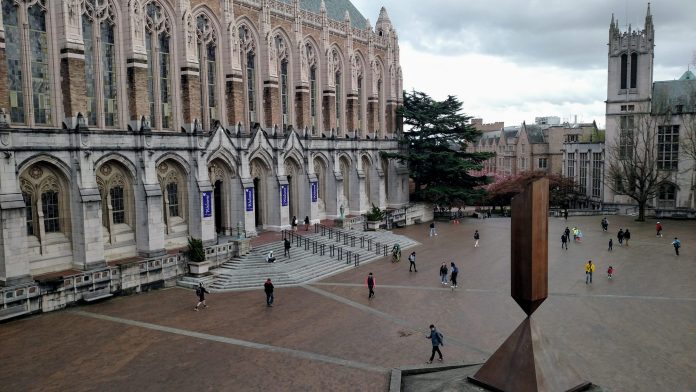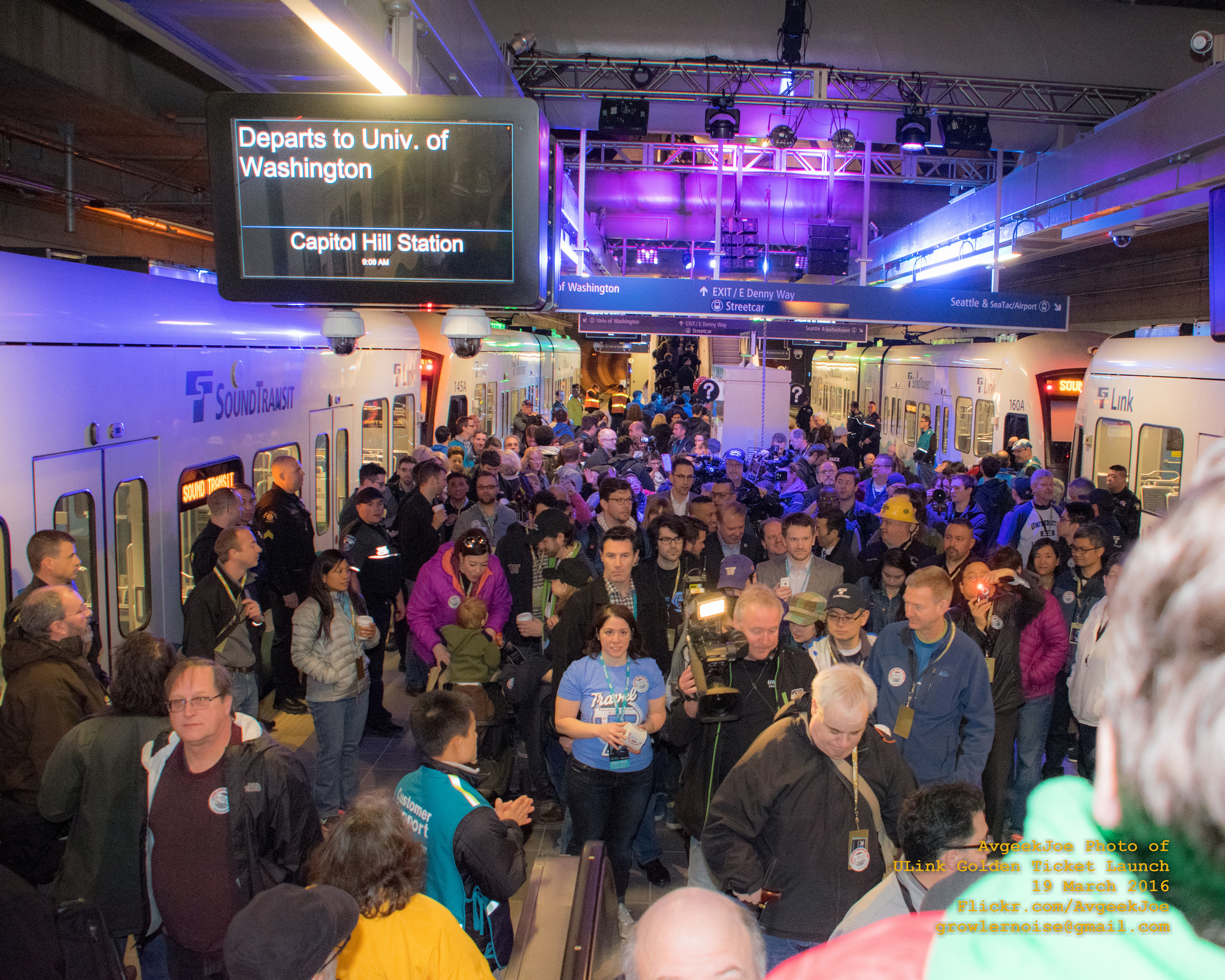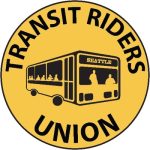
If you work for King County or the City of Seattle, an unlimited ORCA transit pass comes with your job. Same thing if you work for Swedish Hospital, Seattle Children’s Hospital, Seattle Pacific University, Microsoft, or most other major institutional employers in the Seattle area.
It makes sense. Large workplaces like hospitals, universities, and tech campuses are the magnetic nodes of our transportation system. Every morning workers in the tens of thousands are drawn into them from all directions, and every evening those same workers are repelled out again through clogged, exhaust-choked streets to their homes. Incentivizing the commute modes that contribute least to congestion, pollution, and climate catastrophe is the responsible thing for employers to do.
You know what major institutional employer doesn’t provide full transit benefits? The University of Washington and its hospitals, Harborview and UW Medical Center. If an employee of the UW wants a transit pass, they have to shell out $50 per month.
This hefty price tag forces UW employees, many of whom are struggling with high housing and transportation costs, to make tough choices. Rosemary Bryson, a Patient Services Specialist at UW Medical Center, explains: “I drive every day. I have 12-hour days. I would like to have the option to take a bus or train some days. But I can’t afford a U-Pass and drive. But I need to drive some days.”
With over 10,000 employees at the UW Seattle campus alone, day-to-day commute decisions like Rosemary’s have a huge aggregate impact. Not surprisingly, 40% of UW staff and faculty choose not to spend $50 of their paycheck each month on a transit pass. Over a third of commute trips by UW employees are single-occupancy vehicle (SOV) trips.
We’re all paying for the UW’s poor policy choice, especially residents of the surrounding neighborhoods–in traffic delays, in poor air quality, in unsafe streets. These costs will only rise as the university undergoes an aggressive expansion. The Seattle campus is expected to grow by 13,000 people during the next ten years, and an Environmental Impact Statement concluded that the likely additional 6,195 SOV trips will lead to gridlock or near-gridlock at 12 out of 13 U District intersections, and massive transit delays. The UW has a responsibility to start mitigating these impacts today.

Let’s also remember that the University of Washington is a huge beneficiary of the taxpayer-funded expansion of our regional transit system. When the U District station opens in 2021, not one but two Link light rail stations will more or less directly serve the UW’s Seattle campus. The least the UW can do is make sure its employees are equipped to actually use this system. It is embarrassing that this leading educational, medical, and research institution has not yet adopted the best practice of putting transit passes in all employees’ hands.
A coalition of community and environmental groups and labor unions has come together to demand that the UW get with the times and offer full transit benefits starting this fall. You can learn more on our website, uwpassorfail.org, and send an email to President Ana Mari Cauce and other key UW administrators at uwpassorfail.org/email.
The Transit Riders Union is a democratic organization of working and poor people–including students, seniors and people with disabilities–taking control over our own lives, and building up the power we need to change society for the good of humanity and of the planet. Seattle Transit Riders Union will fight to preserve, expand, and improve the public transportation system in Seattle and beyond, so that every human being has access to safe, affordable, and reliable public transit.
Hearing Examiner Recommends UW Campus Master Plan Amid Community Concerns
The Transit Riders Union is a democratic organization of working and poor people—including students, seniors and people with disabilities—taking control over our own lives, and building up the power we need to change society for the good of humanity and of the planet. We will fight to preserve, expand, and improve the public transportation system in Seattle and beyond, so that every human being has access to safe, affordable, and reliable public transit.

